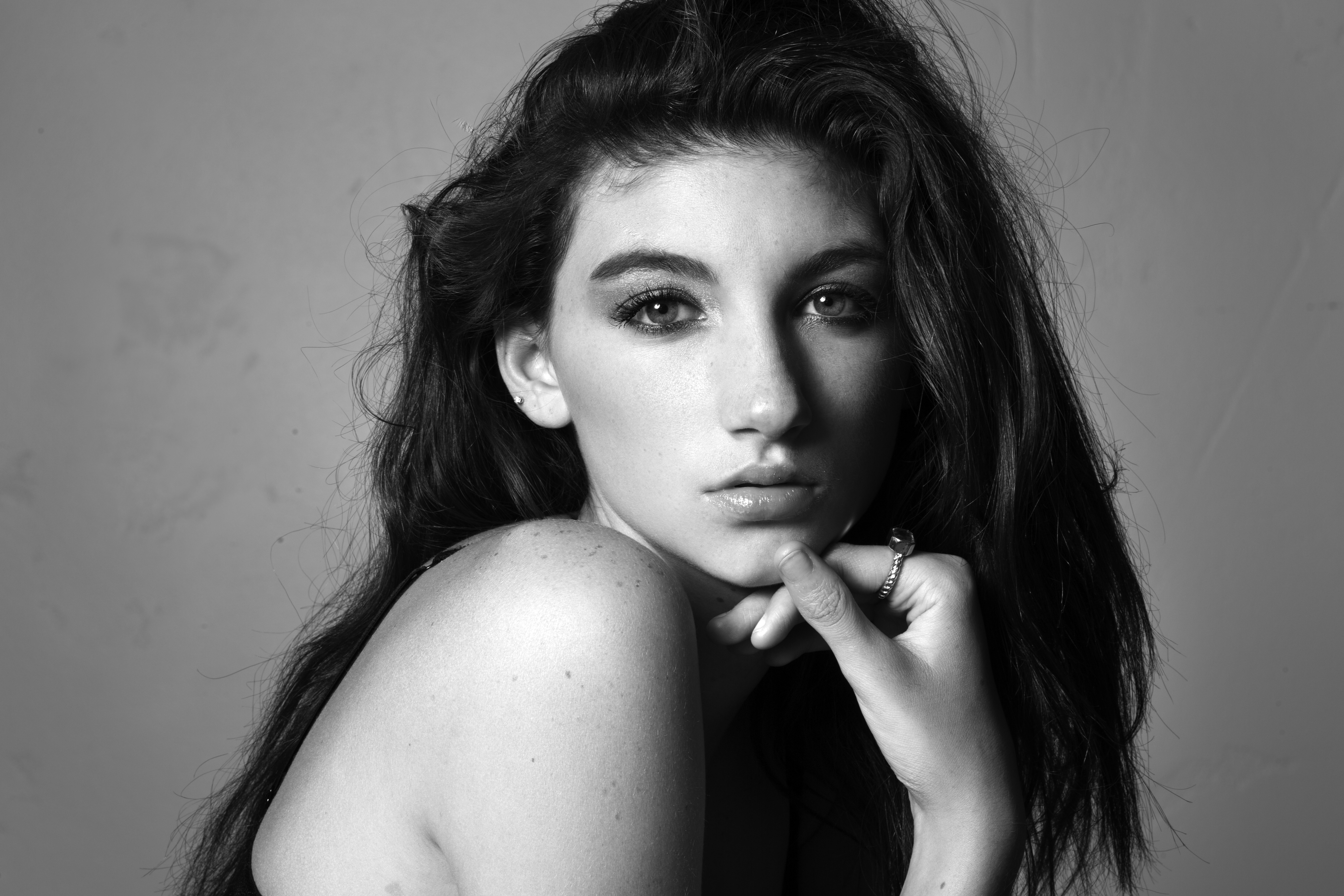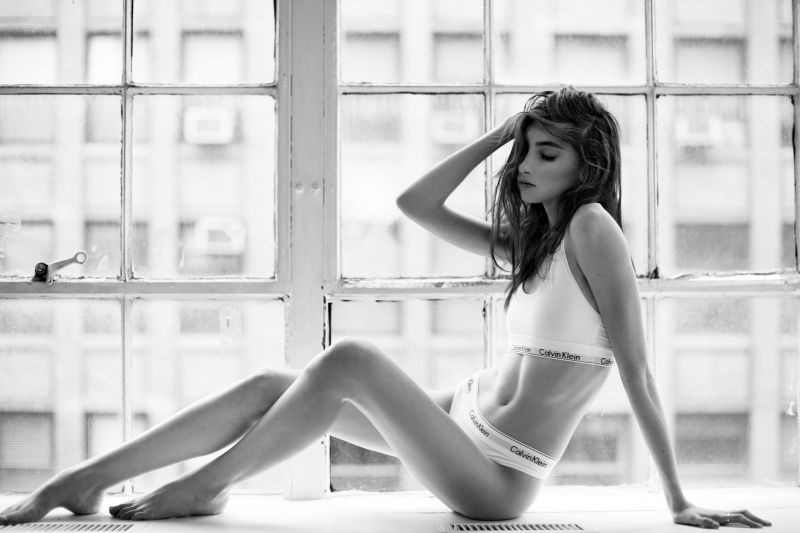
Every day we are consumed with a slew of advertisements, campaigns and editorials that are brimmed with models flourishing in their career. What appears to be a model’s innate and impeccable curriculum vitae is actually years of a ripening career, much akin to the process of a fine whiskey perfectly aging in a white oak cask.
Properly developing a model begins with having a keen understanding of the different markets and divisions and simultaneously being able to identify where they should be placed. New York, Milan, Tokyo and Los Angeles each have their signature aesthetic and requirements. Meanwhile the female model divisions include runway, print, fitness, curve, plus and petite just to name a few. Ultimately, their portfolio is developed specifically for theses markets and niches.

Be prepared
Many models begin developing their career at a young age, therefore it is necessary to create age appropriate material that will continue to translate into the next phase. Capturing a model in her teens is quite the paradox; it is a delicate balance between creating material that satisfies the children’s market all the while preparing them to transition into the demands of the main women’s board. Keep in mind that in most states it is illegal to photograph anyone under the age of 17 in a way that indicates implied nudity, including bare shoulders for a beauty image. That means that they always have to have something on the shoulders, even if it is a spaghetti strap.
Many of the teens’ emotions are running on high as physically they do not fit the norm of other kids their age and as a result they are made fun of for being too tall, too voluptuous, too skinny or too much of anything that falls outside of the social norm. Our job as photographers is not limited to developing a product; we are also tasked with creating a positive and safe environment that fosters self confidence.

Training the Model
Like anything new, training fresh new talent is a lot of work and requires constant research whether the model is already signed or they are looking for initial representation. The trends and specificities are always evolving and it is our responsibility to be on top of that, developing their portfolio accordingly. The goal is to create a body of work that will get them signed in their identified market that has staying power and isn’t immediately traded out any time that something new is created. If the model is signed, a mother agent will be an integral ally and help guide you during every step of the way.
Additionally, many models do not know how to model or the complexities of what it entails during the infancy of their career. They need to be taught how to emote and learn to change their expression at the snap of a finger. A great exercise is to have them study themselves in the mirror. Here’s how:
Take a piece of paper and cover their eyes so that all they can see is their mouth and teach them how to work with it. I will cue them to give a slight smile with the lips closed, slight smile with the teeth open, full laugh with the tongue pushed down, lips slightly parted and lips closed with the mouth relaxed. Then flip the paper to cover their mouth and focus solely on the eyes. Give verbal cues to smile with the eyes, furrow the brow slightly, relax the brow, and the infamous “smize”, or smiling with the eyes only.

Models also need to be taught their most flattering angles, how to move and how they need to adapt their posture depending on the angle of the camera. Slow, natural movements and rotating from shoulder to shoulder with a slight tilting of the head is a great place to start. It can then be progressed to incorporating it with the expressions, and lastly landing the poses with the face to match it. Make sure to give these verbal cues during the shoots and emphasize the fact that they need to practice this daily as it will become second nature.
Developing the portfolio
It is essential for both the model and photographer to be up to date on the current fashion trends for each of the various markets and style the shoots accordingly. The following season’s fashion campaigns are a great resource of what is coming next as they provide insight to clothing, posing and the photography styles we can expect to see trickle down as a result.
The poses have fluctuated from stark and linear to angular to action packed images filled with motion. The clothing and photography styles are continuously evolving but one thing is for certain, all trends circle back eventually. If you are questioning yourself at anytime with this, rest assured that classic images with minimal processing will almost always work.

Model development images differ from fashion images in that the focus is on the model’s abilities and the clothes are secondary whereas with fashion the clothes are the focus and the model is secondary. There is a growing expectation in the main markets to deliver a portfolio that is reminiscent of a fashion story or editorial. New York and Los Angeles request a full team before agreeing to let a new photographer work with a model in development.
What’s in it for you
Model portfolio photography can be an additional revenue stream for aspiring fashion photographers. That being said, when there is a good partnership you can expect a lot of TFP shoots to be had. The networks and relationships that are built along the way pave the way for future possibilities that may have previously seemed impossible. Being able to style and direct a photoshoot in all aspects only improves your own portfolio and it carries forward. Perhaps the best reward is working together for years and being a part of each other’s journey, blossoming in a career together and being a part of each other’s success.









Get Connected!